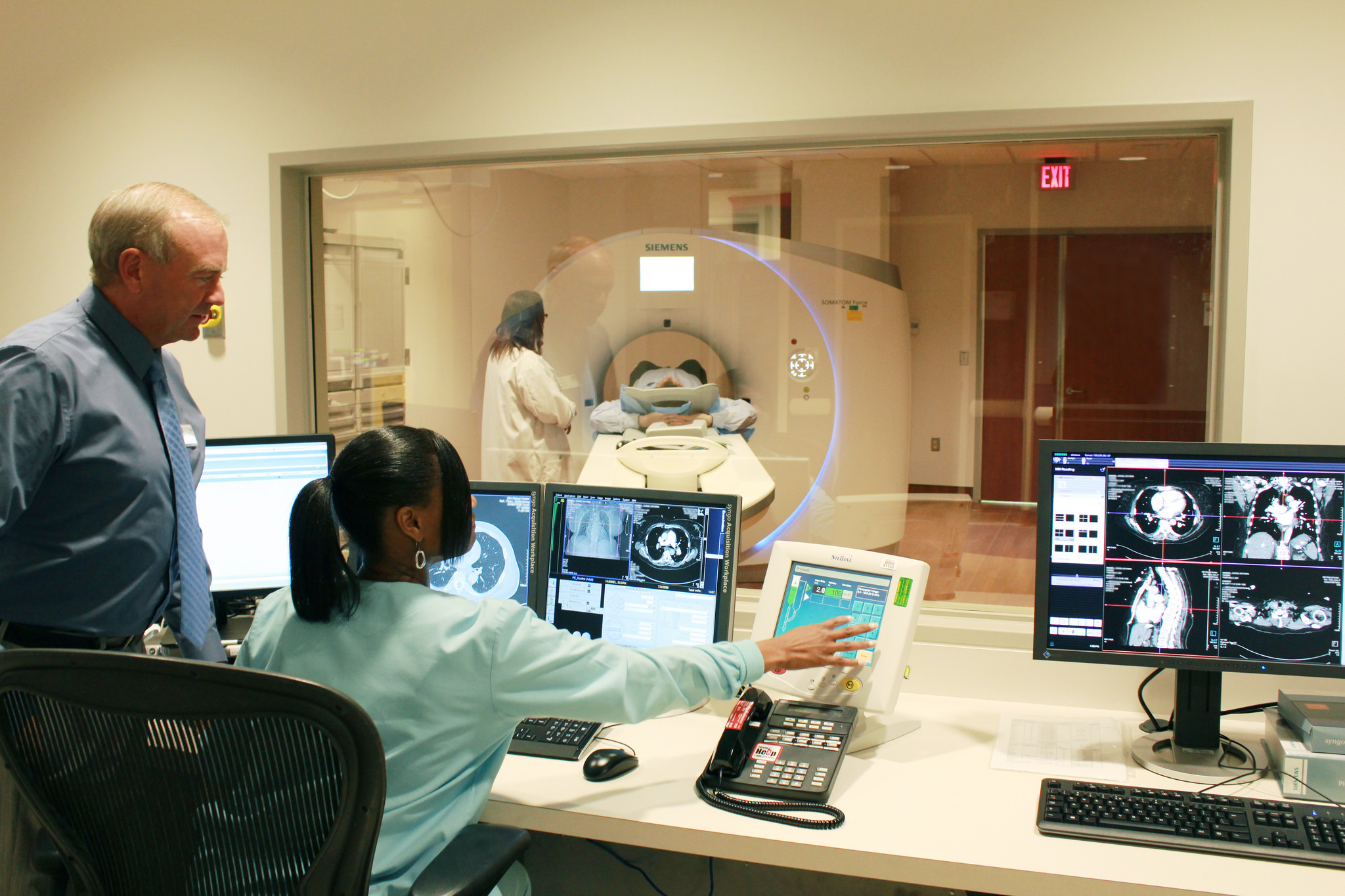NIH’S POSITIVE RETURN ON INVESTMENT & ROLE IN LOWERING COSTS
NIH Research Pays Off for U.S. Taxpayers
- Federal investment in the Human Genome Project, largely led by NIH, has contributed a total economic output of nearly $1 trillion. This growth was generated from an investment of $3.8 billion by the federal government that led to successful sequencing of the human genome. (“The Impact of Genomics on the U.S. Economy”) The field of human genomics now supports over 850,000 jobs, has over $265 billion in total economic impact per year, and yields a return of investment of $4.75 for every $1 spent. (“The Economic Impact and Functional Applications of Human Genetics and Genomics”)
- A study from April 2023 showed that NIH funding contributed to research for over 99 percent of FDA-approved drugs approved between 2010 and 2019. (“Comparison of Research Spending on New Drug Approvals by the National Institutes of Health vs the Pharmaceutical Industry, 2010-2019”)
- An October 2019 study demonstrated that a $10 million increase in NIH funding was associated with the generation of more than two patents, helping to fuel the biotechnology and pharmaceutical industries. (“Public R&D Investments and Private-sector Patenting: Evidence from NIH Funding Rules”)
- A February 2012 article found that NIH-funded basic research underpins the entry of new drugs into the market and provides a positive return of public investment of 43 percent. (“The impact of public basic research on industrial innovation: Evidence from the pharmaceutical industry”)
- A July 2025 report from the non-partisan Congressional Budget Office (CBO) examined the economic and budgetary effects of two different scenarios in which federal funding for non-defense research and development is increased by $30 billion per year for the next 10 years. CBO found that such investments would increase economic output and reduce the cumulative deficit. Relatedly, CBO also determined that a decrease in funding of a similar amount would decrease economic output and increase the cumulative deficit. (“Preliminary Analysis of How Federal Investment in Nondefense Research and Development Affects the Economy and the Federal Budget”)
- A September 2025 report concluded that federal funding cut to research and development programs would have dramatic economic impacts. Specifically, the analysis demonstrated that 20 percent cuts to federal research and development (rather than maintaining consistent investments) would reduce spending but also result in reduced tax revenue of roughly $250 billion and diminish the economy by an estimated $1 trillion over the next decade.
The High Cost of Cutting NIH Funding
- A July 2025 report from the CBO assessed the effects of a permanent 10 percent reduction in NIH funding. CBO estimated that a reduction in the NIH’s funding of external preclinical research would ultimately decrease the number of new drugs coming to market by roughly 4.5 percent, or about 2 drugs per year. CBO noted that the impact of the reduction in funding would grow over a 30-year period and that reductions in other components of the NIH budget would further decrease the number of new drugs coming to market (“How Changes to Funding for the NIH and Changes in the FDA’s Review Times Would Affect the Development of New Drugs”)
- A May 2025 analysis calculated that proposed cuts to the NIH budget could result in trillions of dollars’ worth of lost health. (“Cutting the NIH—The $8 Trillion Health Care Catastrophe”)
- A March 2019 report authored by Robert Atkinson, Ph.D., President of the Information Technology and Innovation Foundation (ITIF) concluded that “NIH funding is critical to improving health outcomes and reducing the societal costs of illnesses. Congress should increase the NIH budget and then maintain regular, steady increases.” Findings include:
- Public funding for the National Institutes of Health (NIH) has been critical to discovering new medicines and treatments, improving quality of life, increasing lifespans, and reducing costs to society from illness.
- NIH funding increased 64 percent between 1990 and 2019. But funding as a share of GDP peaked in 2003 and declined through 2015. NIH funding as a share of GDP in 2019 is still 12 percent below 2003 levels.
- Congress should increase the NIH budget by around $8 billion annually over the next two years, and then maintain regular, steady increases—ideally 2 to 3 percentage points faster than the nominal rate of GDP growth. (“Healthy Funding: The Critical Role of Investing in NIH to Boost Health and Lower Costs”)
Fast Facts: NIH’s Impact & Value
- In FY 2024, every dollar invested in the NIH generated $2.56 in economic activity.
- A $1 increase in publicly funded basic research stimulates an additional $8.38 of industry research and development investment after 8 years.
- A $1 increase in publicly funded clinical research stimulates an additional $2.35 of industry research and development investment after 3 years.
- For every $100 million of funding, NIH-supported research generates 76 patents. These patents create opportunities for an estimated $598 million in further research and development.




